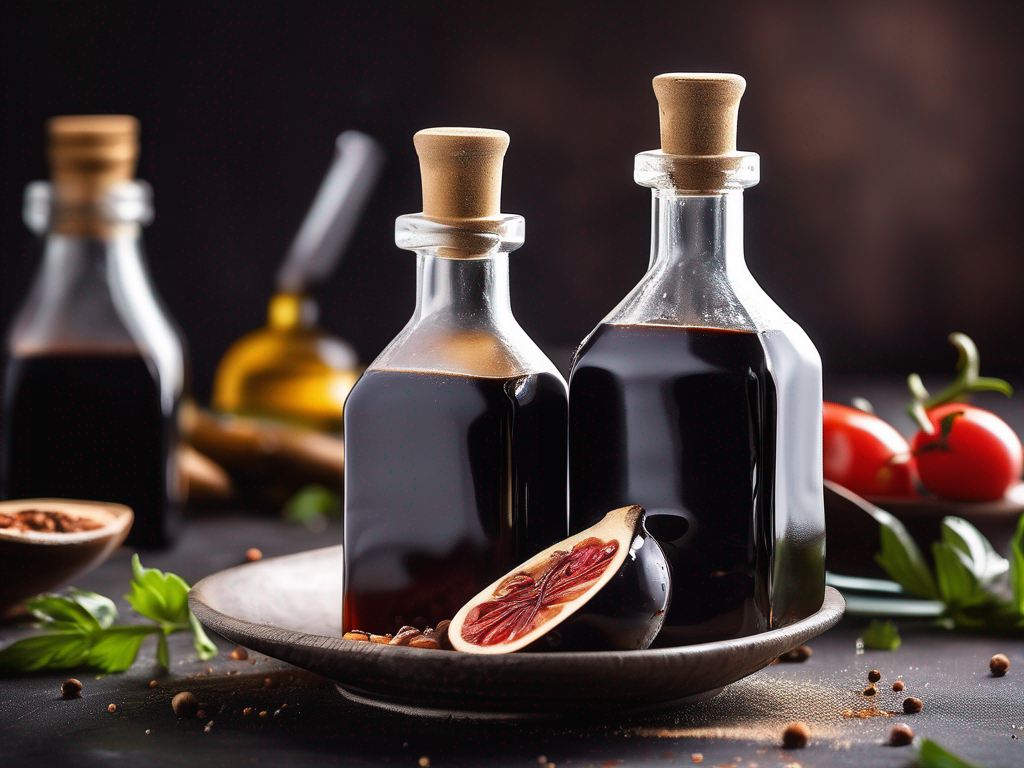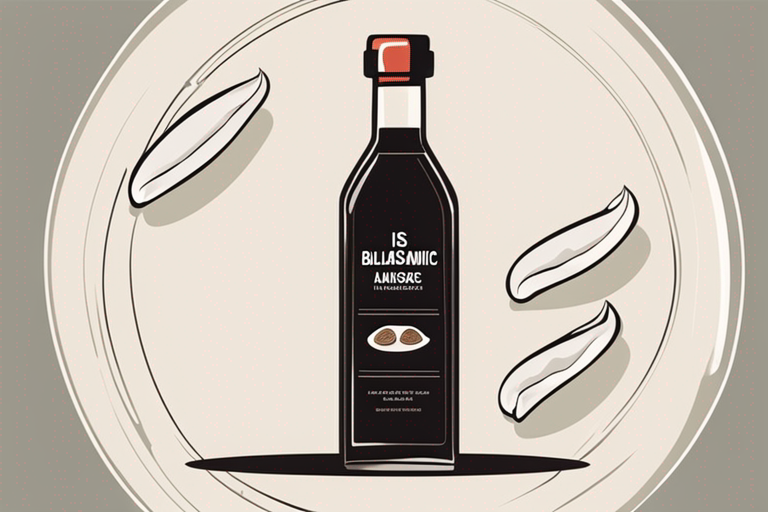
Is Your Balsamic Vinegar Still Good? How to Tell if It Has Gone Bad
Get Your Free Food Safety Cheat Sheet
30 most common foods with instant answers. Print it and stick it on your fridge—completely free!
Is Your Balsamic Vinegar Still Good? How to Tell if It Has Gone Bad
Balsamic vinegar is a versatile and flavorful ingredient that can elevate the taste of various dishes, from salads to marinades to desserts. However, like any other food product, balsamic vinegar can go bad if not stored properly or kept for too long. In this blog post, we will explore how to tell if your balsamic vinegar has gone bad and provide you with practical tips on how to store it correctly. (Balsamic vinegar)
Signs that Your Balsamic Vinegar Has Gone Bad
1. Check the Expiration Date
- Balsamic vinegar typically has a long shelf life, but it is essential to check the expiration date on the bottle.
- If the vinegar is past its expiration date, it may have lost its flavor and quality.
2. Inspect the Bottle
- Look for any signs of discoloration or cloudiness in the vinegar.
- If you notice any unusual color changes, it could indicate that the vinegar has gone bad.
3. Smell Test
- Good balsamic vinegar has a rich, sweet, and complex aroma.
- If the vinegar smells sour, musty, or off, it is a sign that it has spoiled.
4. Taste Test
- Taste a small amount of the vinegar to check if it still has its characteristic sweet and tangy flavor.
- If the vinegar tastes flat, bitter, or unpleasant, it is best to discard it.
5. Sediment or Mold
- Check the bottle for any sediment or mold growth.
- Sediment or mold formation indicates that the vinegar has been contaminated and should not be consumed.
Proper Storage Tips for Balsamic Vinegar
1. Store in a Cool, Dark Place
- To preserve the flavor and quality of balsamic vinegar, store it in a cool, dark place away from direct sunlight and heat sources.
2. Seal the Bottle Properly
- Make sure to seal the bottle tightly after each use to prevent air from entering and oxidizing the vinegar.
3. Use a Glass Container
- Transfer balsamic vinegar to a glass container for long-term storage, as it is less likely to react with the vinegar compared to plastic or metal containers.
4. Avoid Temperature Fluctuations
- Keep the balsamic vinegar away from temperature fluctuations, as exposure to heat or cold can affect its taste and consistency.
5. Refrigerate After Opening
- Once opened, refrigerate the balsamic vinegar to extend its shelf life and maintain its flavor for a more extended period.
Conclusion
In conclusion, balsamic vinegar is a pantry staple that can add depth and complexity to your culinary creations. By following the tips mentioned in this blog post, you can ensure that your balsamic vinegar stays fresh and flavorful for as long as possible. Remember to check the expiration date, inspect the bottle for any signs of spoilage, and store the vinegar correctly to enjoy its delicious taste in your dishes. Stay vigilant and trust your senses to determine if your balsamic vinegar has gone bad. [Balsamic vinegar](/food/balsamic vinegar) is a precious ingredient that deserves to be used and enjoyed at its best quality. (Balsamic vinegar)

Authoritative Food Safety References
These agencies and university labs inform every tip and health precaution we publish.
USDA FoodKeeper – Cold Storage Guidelines
Official refrigerator, freezer, and pantry timelines maintained by the U.S. Department of Agriculture.
Visit USDA FoodKeeperFDA Produce Safety Rule & Grower Guidance
Field-to-fridge handling practices that prevent contamination of fruits, vegetables, and leafy greens.
Visit FDA Produce SafetyCDC Foodborne Illness Prevention Hub
Surveillance-backed guidance on pathogens, symptoms, and steps to reduce foodborne illness risk.
Visit CDC Food SafetyUC Davis Postharvest Technology Center
University research detailing optimal storage atmospheres for produce after harvest.
Visit UC Davis PostharvestPenn State Extension – Home Food Preservation & Safety
Peer-reviewed extension bulletins on safe canning, chilling, and reheating practices.
Visit Penn State ExtensionCan balsamic vinegar expire?
How should I store balsamic vinegar to keep it fresh?
Can balsamic vinegar make you sick if it's gone bad?
Is it safe to use balsamic vinegar past its best-by date?
Get Your Free Food Safety Cheat Sheet
30 most common foods with instant answers. Print it and stick it on your fridge—completely free! Want more? Upgrade to the complete guide with 70+ foods.
Scan your food directly and get instant safety info using our AI-powered camera feature.